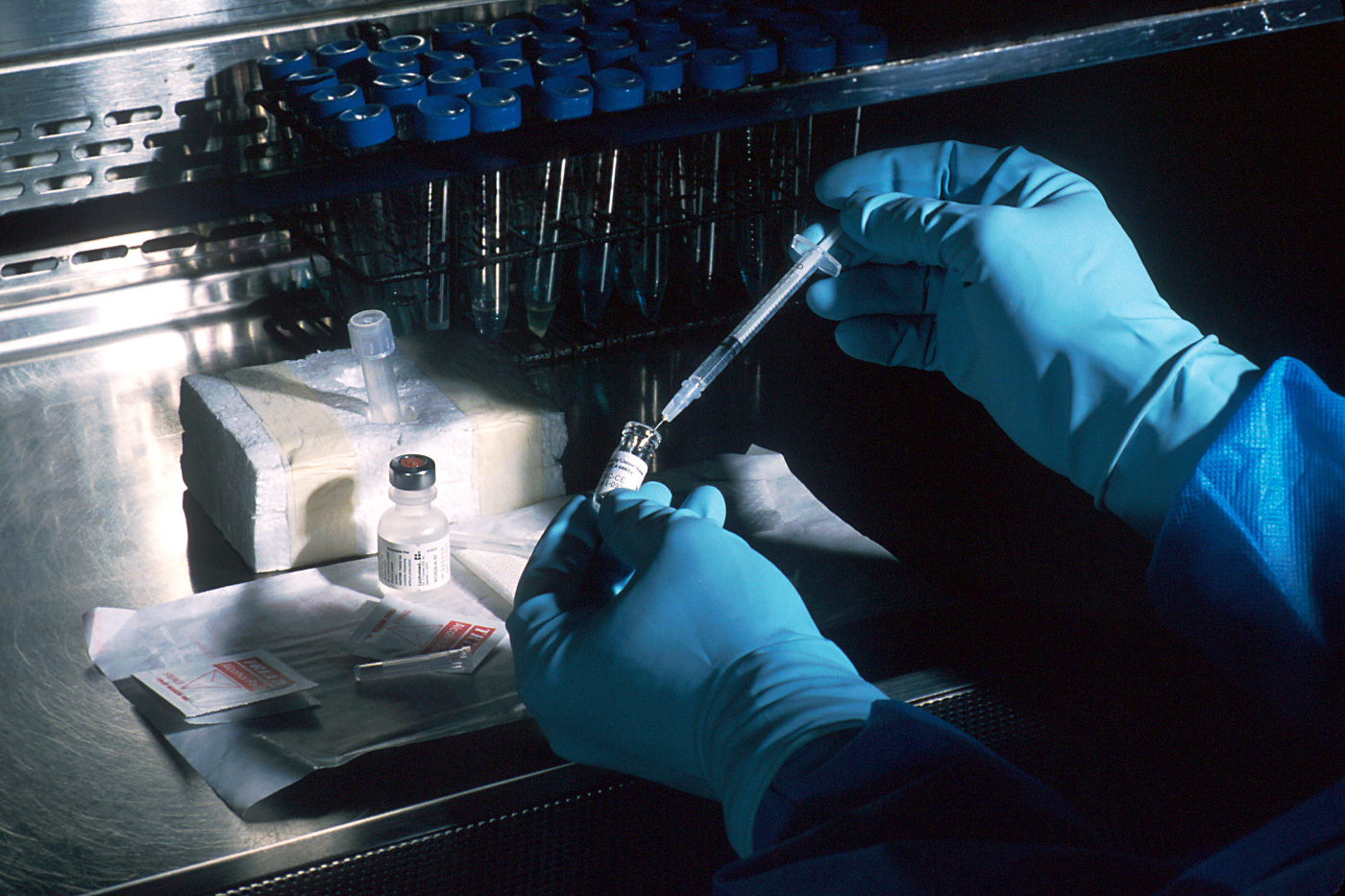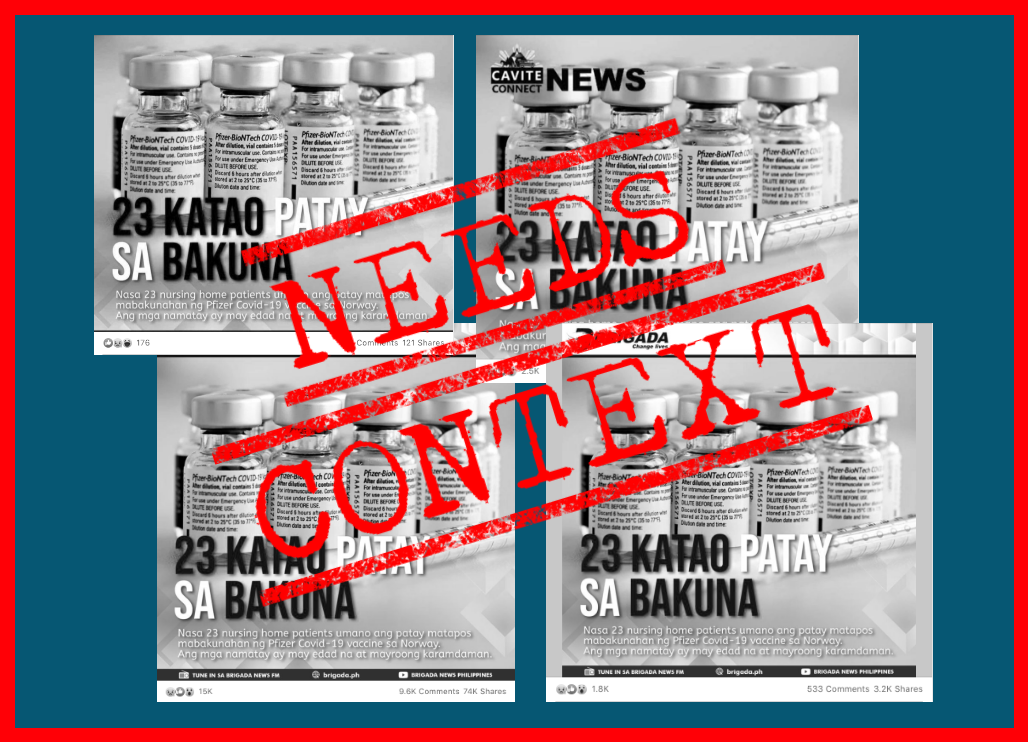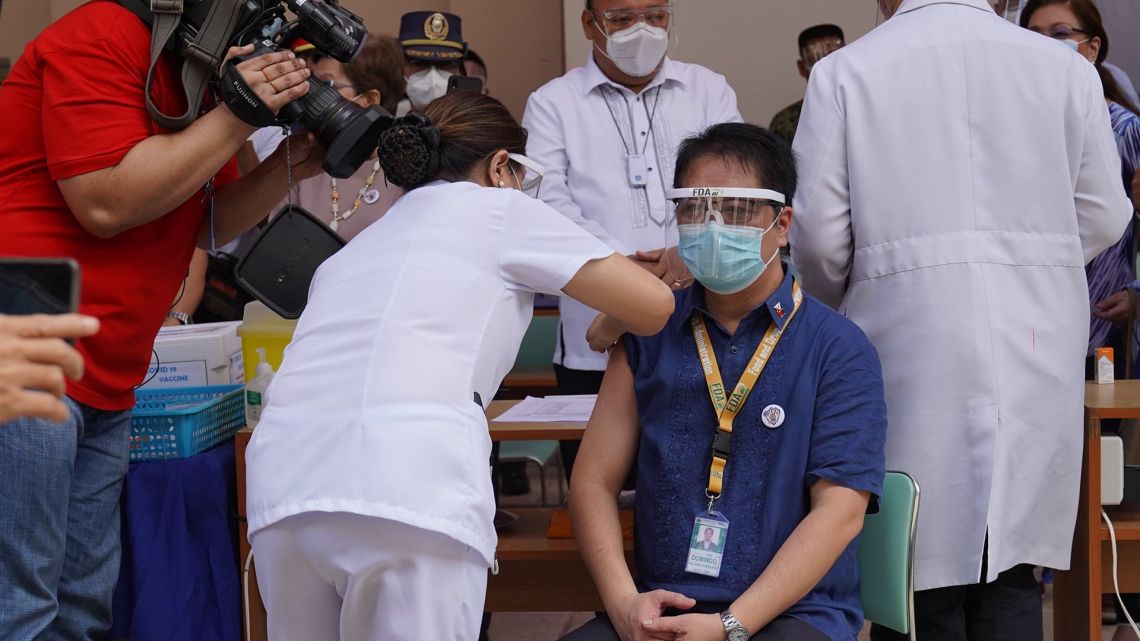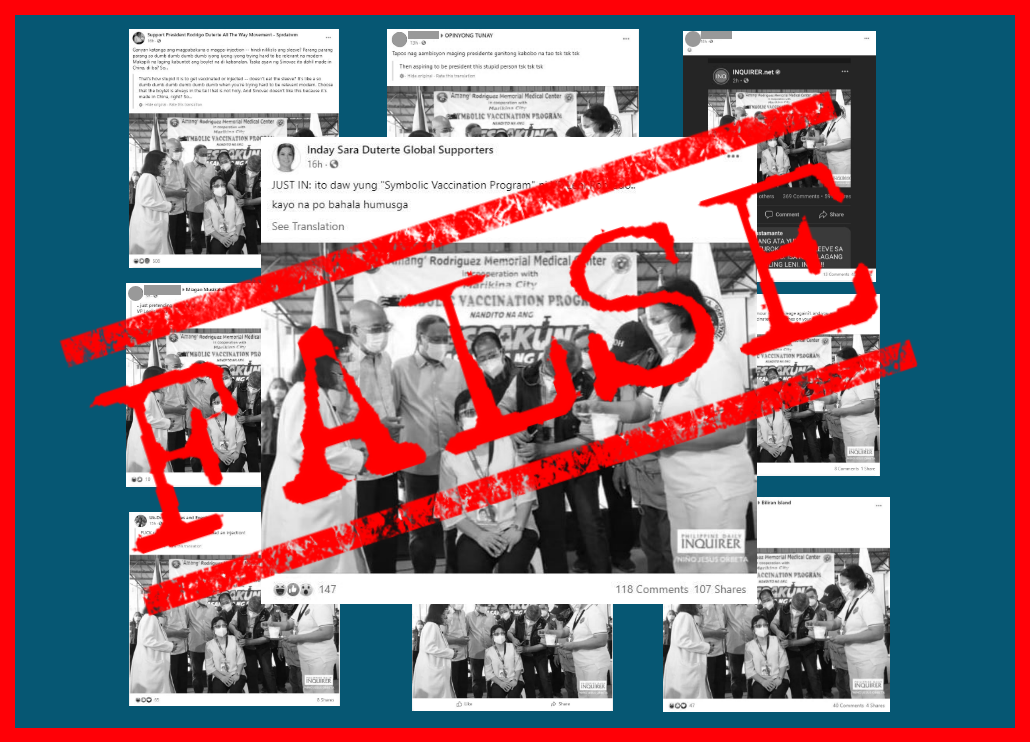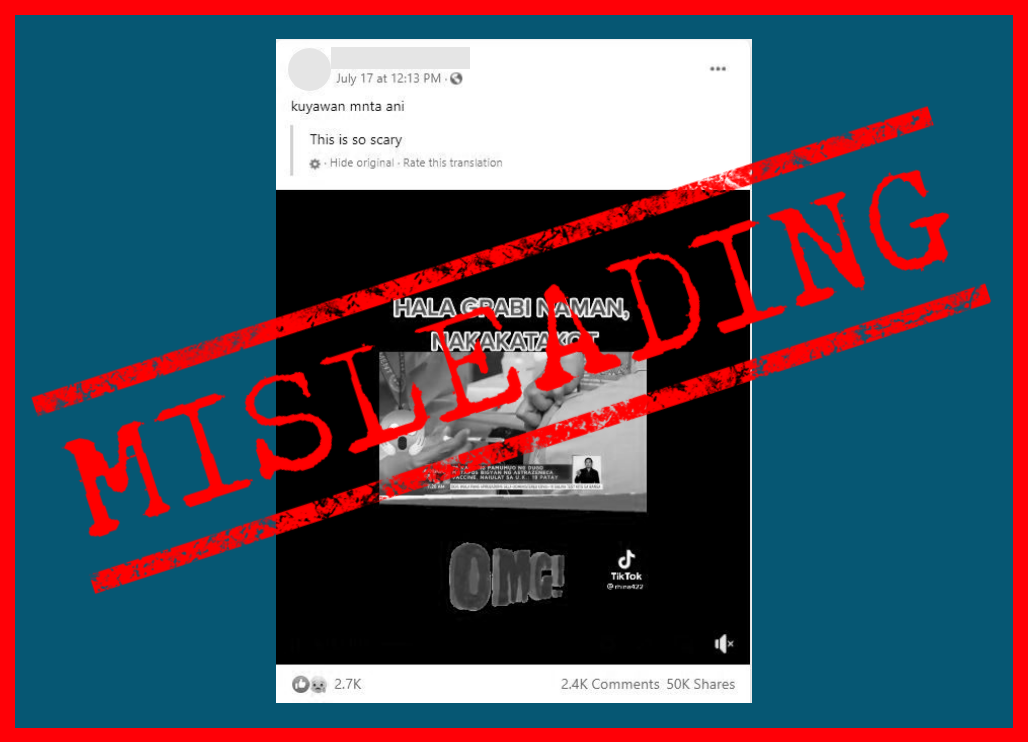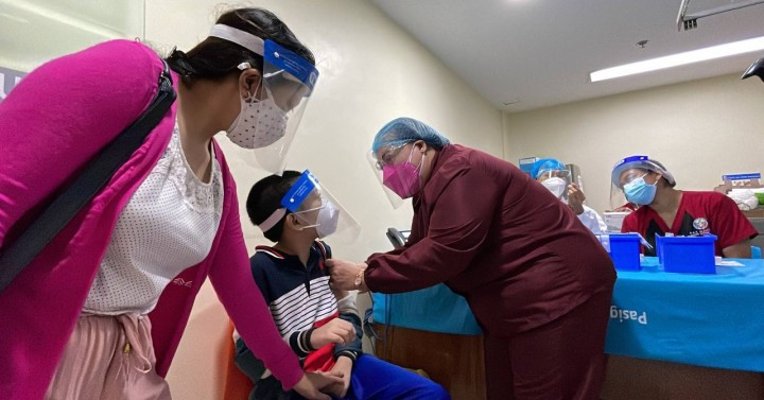The international scientific community is moving at a record speed to develop the first-ever coronavirus vaccine as it races against time with nearly four million people already infected with coronavirus disease (COVID-19).
Some researches for candidate vaccines against COVID-19 already began as early as January, right after Chinese scientists were able to isolate and publish the genome sequence of the causative agent of the disease called the SARS-COV-2 (Severe Acute Respiratory Syndrome-Coronavirus-2).
Some scientists and world leaders optimistically say a COVID vaccine, which can help immunize the public from the contagious disease, can be developed as early as this year or in early 2021. No less than World Health Organization (WHO) Chief Tedros Abeyasinghe has said the only way to control the spread of the novel coronavirus is through a vaccine.
Among the hopeful leaders, President Rodrigo Duterte said he believes that a vaccine is “the number one cure” against COVID-19, which first emerged in Wuhan City, China in December 2019. Duterte, who earlier claimed that the disease would just die a “natural death,” now offers a P50-million reward for any Filipino who develops a vaccine. He also promised to immediately lift the Luzon-wide community quarantine once a vaccine is discovered and available in the country.
But other experts cautioned that a coronavirus vaccine might never be developed, just like what happened in previous outbreaks caused by other coronaviruses, such as the Severe Acute Respiratory Syndrome (SARS) and the Middle East Respiratory Syndrome-Coronavirus (MERS-COV).
Here are five things you need to know about vaccines and why they are important:
1. What is a vaccine?
Vaccines are products that contain a “killed” or “weakened” version, or parts, of a bacteria or virus that causes a particular disease, such as COVID-19, used to prepare the body’s immune system to develop long-lasting immunity. (See VERA FILES FACT SHEET: Five things you need to know about COVID-19 antibodies)
There are four main types of vaccines which are categorized based on the antigens that scientists use to develop them, according to WHO’s E-learning Course on Vaccine Safety Basics. These are the live attenuated, inactivated, subunit, and toxoid vaccines.
2. How are vaccines developed before being approved for general public use?
Vaccine development is a “long, complex process” that typically takes 10 to 15 years, according to the College of Physicians of Philadelphia.
It goes through six general stages beginning with the exploratory stage, followed by clinical trials, government approval, and manufacturing before it is deemed ready for public use, based on an explainer of the United States’ Centers for Disease Control and Prevention (CDC).
The years spent in developing a vaccine vary. The first mumps vaccine — which, according to a National Geographic and a Straits Times report, is among the fastest ever approved — took about four years after its causative agent had been isolated in 1945.
On the other hand, vaccines for other viral diseases, such as the Human Immunodeficiency Virus type 1 (HIV-1) that was first discovered in 1983 by a group of French scientists, are still undergoing research.
3. How do vaccines work inside the body?
The goal of all vaccines is to stimulate an immune response against pathogens, or harmful foreign organisms, that may cause sickness.
Once the weakened pathogen — introduced by the vaccine — or a part of it, (in the case of subunit vaccines) is recognized as “foreign and potentially dangerous,” the body’s adaptive immune system (composed of B cells and T cells) “studies” it and “figures out the best way to deal with the invader,” molecular biologist Denise Mirano-Bascos, whose research interest is immunology, told VERA Files in an email interview.
This involves the production of antibodies that have the ability to recognize and neutralize the foreign substance.
Thus, vaccines “educate” the immune system about a specific pathogen and “how to best deal with it” so that when the body encounters the invader again, it will already know what to do, added Bascos, a professor at the University of the Philippines-National Institute of Molecular Biology and Biotechnology.
Most vaccines can give a long period of immunity. For instance, protection generated from a combination of measles and rubella vaccines, which are usually given to children age 1 to 2 years, are “likely to extend” until adulthood.
While only one or a few doses are necessary for some vaccines, there are others that require multiple doses, like the flu vaccine, which must be administered once every year.
4. What is the WHO looking for in a COVID vaccine?
In its Target Product Profiles, WHO listed its preferred characteristics for candidate COVID-19 vaccines, which provide, among others, that it be:
- suitable for all ages, or at the very least adults (including the elderly), and safe to administer to pregnant and lactating women;
- given in a single dose or with minimal booster doses; and,
- effective for at least 70 percent of the population, with consistent results in the elderly.
In accordance with its mandate to “provide guidance” to member states of the United Nations on health policy matters, WHO is tasked to develop “evidence-based immunization policy recommendations.”
It may also provide an emergency use listing of vaccines during public health emergencies, subject to review of their efficacy and safety, in case there is no licensed vaccine.
5. What is the status of COVID vaccine research?
To date, there is still no approved vaccine for the disease. But there are at least 110 COVID-19 vaccine researches active as of May 5, with eight already undergoing clinical evaluation, according to WHO.
Among the developers leading the hunt for COVID-19 vaccine are the Cansino Biological Inc., with the Beijing Institute of Biotechnology, in China; Moderna in the United States; and the University of Oxford in the United Kingdom. Each has at least one candidate vaccine in phase 2 of clinical trials.
The global effort to develop vaccines for the novel coronavirus is in line with the international collaboration organized by the WHO, which involves scientists, physicians, funders, and manufacturers promising “to help speed the availability of a vaccine against COVID-19.”
On May 4, WHO announced that it had raised €7.4 billion worth of pledges from leaders of 40 countries to support the research and development for COVID-19 vaccines, diagnostics, and therapeutics.
Bascos, who believes that a coronavirus vaccine may be five to 10 years away, said the approval of a repurposed drug this year will be “the more realistic management strategy” for the disease for now.
“Having this, along with a well-established management protocol for COVID-19, will help return us to some degree of normalcy while we wait for the vaccine. And, of course, good hygiene practices, cough etiquette, and reasonable social distancing will be necessary to prevent the disease with or without the vaccine,” she said.
Sources
World Health Organization, Public statement for collaboration on COVID-19 vaccine development, April 13, 2020
World Health Organization, Situation Report No. 112, May 11, 2020
World Health Organization, WHO R&D; Blueprint novel Coronavirus (nCov),
World Health Organization, Coronavirus (COVID-19) events as they happen, Accessed May 5, 2020
World Health Organization, WHO Director-General’s opening remarks at the media briefing on COVID-19 – 27 April 2020, April 27, 2020
RTVMalacanang, PRRD’s Meeting with the IATF-EID and Talk to the Nation on COVID-19 4/13/2020, April 23, 2020
RTVMalacanang, Briefing on the 2019 Novel Coronavirus – Acute Respiratory Disease 2/3/2020, Feb. 3, 2020
Presidential Communications Operations Office, COVID-19 vaccine reward, increased to P50 million – Presidential Communications Operations Office, April 24, 2020
COVID-19 vaccine may not come
- CNN, What happens if a coronavirus vaccine is never developed?, May 3, 2020
- CBS New York, Max Minute: Experts Caution Coronavirus Vaccine May Never Be Developed, Leaving Treatments As More Suitable Option, May 4, 2020
- The Guardian, Don’t bet on vaccine to protect us from Covid-19, says world health expert, April 18, 2020,
United States Centers for Disease Control and Prevention, Basics of Vaccines, Accessed May 12, 2020
World Health Organization, MODULE 1 – Types of vaccine, Accessed May 6, 2020
World Health Organization, MODULE 1 – How vaccines work, Accessed May 6, 2020
World Health Organization, WHO Vaccine Safety Basics: Welcome, Accessed May 6, 2020
Email interview, Denise Mirano-Bascos, May 5, 2020
University of the Philippines-National Institute of Microbiology and Biotechnology, , National Institute of Molecular Biology and Biotechnology faculty, Accessed May 6, 2020
World Health Organization, DNA vaccines, Accessed May 12, 2020
History of Vaccines, Vaccine Development, Testing, and Regulation, Accessed May 6, 2020
U.S. Centers for Disease Control and Prevention, Vaccine Testing and Approval Process, Accessed May 6, 2020
Pharmaceutical Technology, Tracing the story of mumps: a timeline, April 25, 2018
Mumps produced fastest among other vaccines
- U.S. Centers for Disease Control and Prevention, Mumps, Accessed May 6, 2020
- National Geographic, Why a coronavirus vaccine could take way longer than a year, April 10, 2020
- Strait Times, Coronavirus: Record rush to find vaccine for Covid-19 is cause for optimism, April 15, 2020
United States Department of Health & Human Services’ official website for HIV, AIDS.gov 30 years of HIV/AIDS Timeline, Accessed May 11, 2020
Nobel Prize official website, Françoise Barré-Sinoussi – Biographical, Accessed May 11, 2020,
United States National Human Genome Research Institute, Antibody | Talking Glossary of Genetic Terms | NHGRI, Accessed May 11, 2020
Children’s Hospital of Philadelphia, Making Vaccines: Process of Vaccine Development | Children’s Hospital of Philadelphia, Oct. 21, 2019
World Health Organization, Vaccine-preventable diseases and vaccines, Accessed May 6, 2020
U.S. Centers for Disease Control and Prevention, Understanding How Vaccines Work, July 2018
World Health Organization, WHO Target Product Profiles for COVID-19 Vaccines Version 3 – 29 April 2020, April 29, 2020
World Health Organization, Immunization, Vaccines and Biologicals: Policy Recommendations, n.d.
World Health Organization, Emergency Use Listing Procedure, January 9, 2020
World Health Organization, Draft landscape of COVID 19 candidate vaccines, As of May 11, 2020, May 11, 2020
Chinese Clinical Trial Registry, Chinese Clinical Trial Register (ChiCTR) – The world health organization intecollege of ational clinical trials registered organization registered platform, Accessed May 6, 2020
Moderna, Moderna Reports First Quarter 2020 Financial Results and Provides Business Updates, May 7, 2020
Clinicaltrials.org, University of Oxford, Accessed May 6, 2020
Clinicaltrials.org, Inovio Pharmaceuticals, Accessed May 6, 2020
World Health Organization, Coronavirus (COVID-19) events as they happen, Accessed May 5, 2020
Wikimedia Commons, Vaccine
(Guided by the code of principles of the International Fact-Checking Network at Poynter, VERA Files tracks the false claims, flip-flops, misleading statements of public officials and figures, and debunks them with factual evidence. Find out more about this initiative and our methodology.)
